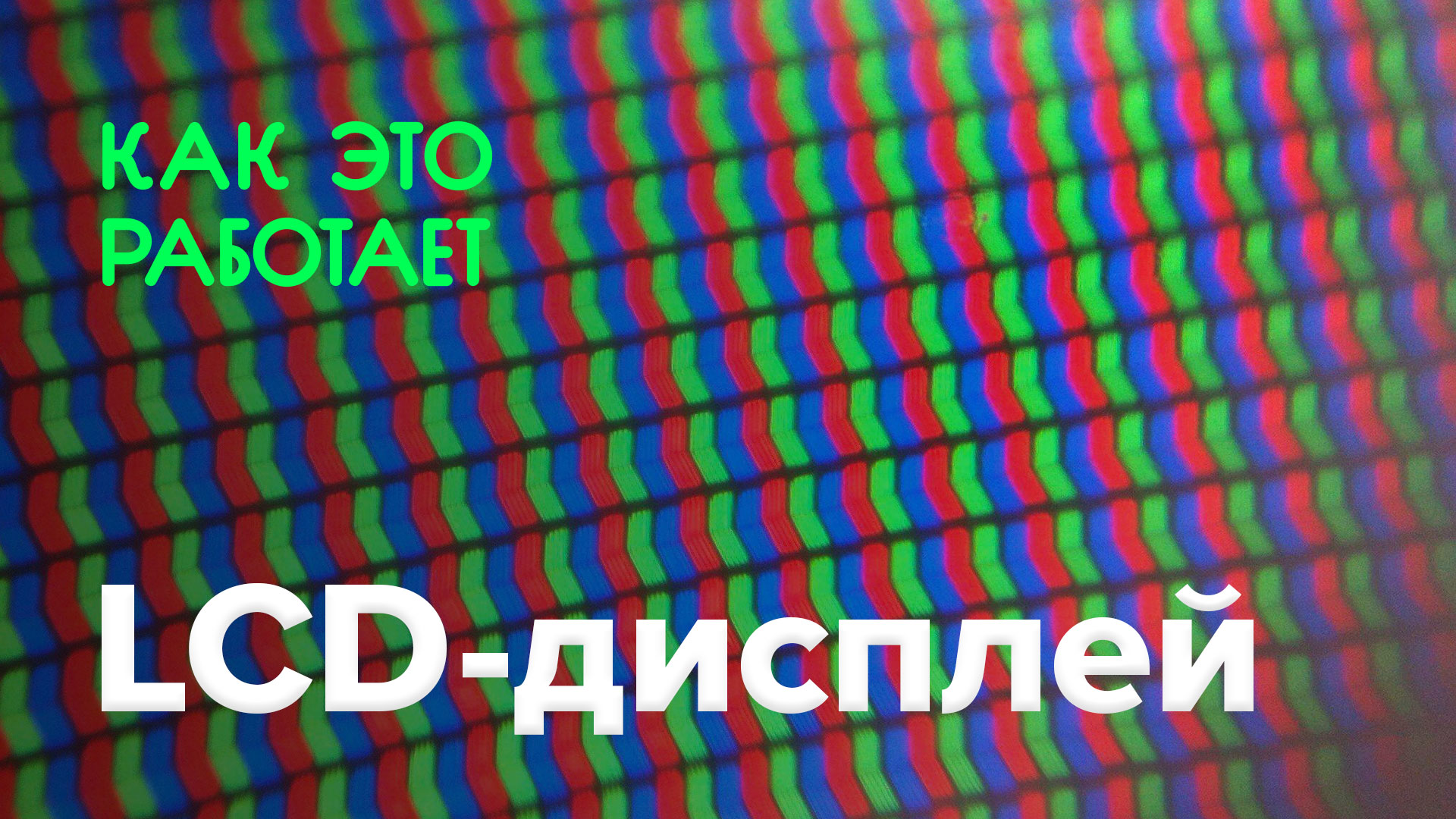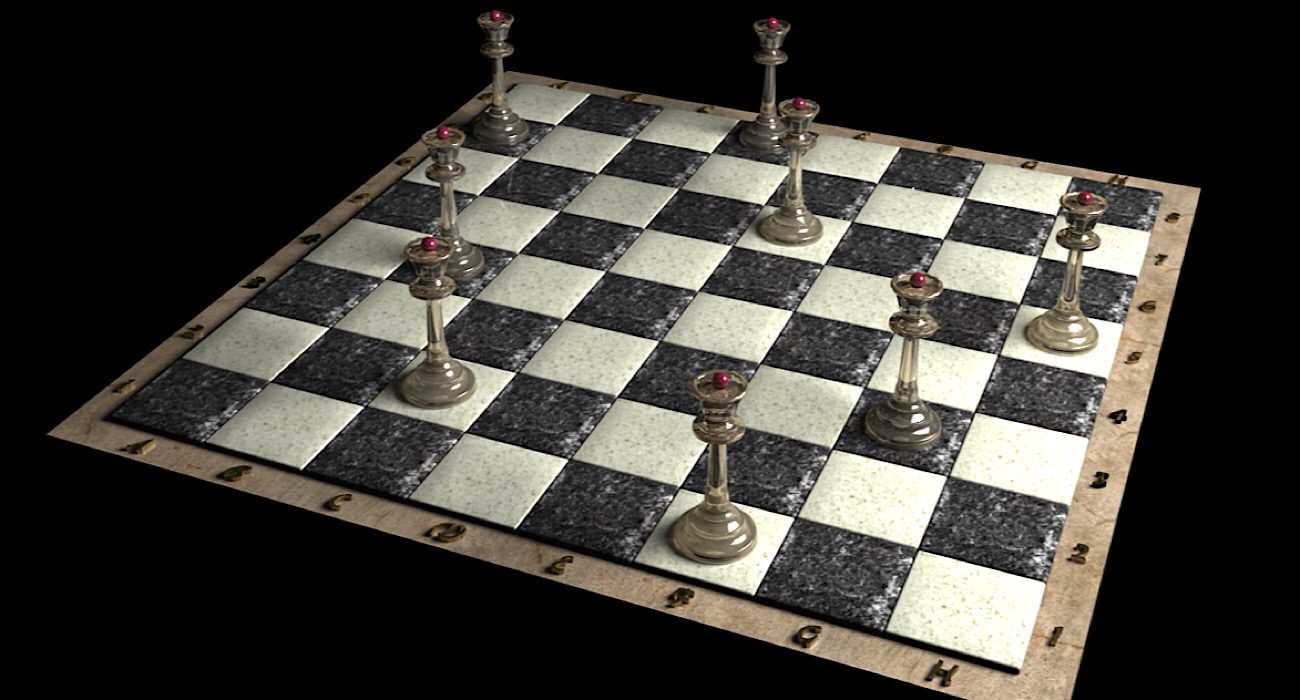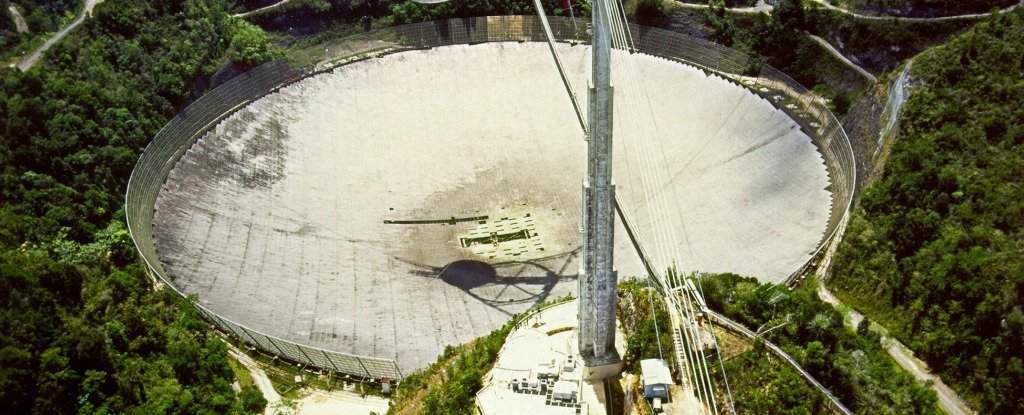How does it work? | Computer vision
 Source:
Source:
As an independent discipline computer vision originated in the early 50-ies of the last century. In 1951 John von Neumann proposed to analyze microsemi using computers by comparing the brightness of adjacent parts of the image. In 60-ies began research in the field of pattern recognition, machine and handwriting. Then they made the first attempts at modeling the neural network. The first device is able to recognize letters, was the development of Frank Rosenblatt, the perceptron. And in the 70's, scientists began to study the human visual system, with the aim of formalization and implementation in the algorithms. This approach was intended to allow recognition of objects in images. How does modern computer vision is this in the current release.
So, computer vision — is a set of methods to train a machine to extract information from image or video. To the computer and found images of certain objects, it is necessary to teach. This is a huge training sample, for example, from the photos, some of which contain the desired object, and the other part — on the contrary, does not contain. Then it comes in machine learning. The computer analyzes the image from the sample, determines which signs and their combinations indicate the presence of the objects, and calculates their significance.
After training, computer vision can be applied in the case. For a computer an image is a set of pixels, each of which has its own brightness value or color. The machine was able to get an idea about the content of the picture, it is processed using special algorithms. First, identify potentially significant places. This can be done in several ways. For example, the original image several times is subjected to the Gaussian blur, using a different blur radius. The results are then compared with each other. This allows you to identify the most contrasting fragments of the bright spots and the fractured lines.
After significant places found, the computer describes them in numbers. The recording of the fragment of the image in numerical form is called a descriptor. Using the descriptors, we can accurately compare the image fragments without the use of fragments themselves. To speed up the computation, the computer performs clustering or the distribution of descriptors in groups. In the same cluster get similar descriptors from different images. After clustering becomes important only the number of cluster descriptors, the most similar to this. The transition from the handle to the cluster number is called quantization, and the cluster number — quantized descriptor. Quantization essentially reduces the amount of data that must be processed to the computer.
Based on the quantized descriptors, the computer can compare the images and to recognize objects. He compares the sets of quantized descriptors from different images and makes a conclusion as to how they or their individual fragments are similar. This comparison is also used by search engines to search for an image you upload.
Recommended
Mystery of the Sargasso sea, and why there were dead ships
At the time, in the Sargasso sea lost a lot of ships. Almost all mystical place, about which people say, giving them a mysterious halo, are on the water. When ”ends”, the disappearances do seem very strange and inexplicable. One of the places that ar...
An air leak site has been found on the ISS. What's next?
Air leak occurs in Russian station module Inside the International Space Station live astronauts from different countries and all of them need oxygen. The air needed for the life of the crew is produced by special equipment, but the tightness of the ...
Why can thinking about death make life happier?
Awareness of one's own mortality can be a liberating and awakening experience How do you feel about the idea of death? How often do you think about it and what emotions do you feel? Many of us have been pondering these questions lately. The pandemic ...
Related News
How does it work? | Search engine
the First computer program for searching the Internet was Archie, created in 1990 by students from Montreal. She downloaded a list of all files from all FTP servers and build a database that you can search for file names. The firs...
How does it work? | Accelerometer
Accelerometer — it is a sensor for measuring acceleration. It was invented in the late 19th century and was intended for installation in cars and locomotives to control the speed. The first accelerometers were heavy and bulk...
How does it work? | Holographic display
the First hologram was obtained by the Hungarian physicist Denison Gabor in 1947 in the course of the experiments to increase the resolution of electron microscopes. He coined the word "hologram", wanting to emphasize the complete...
How does it work? | E-Ink-display
Electronic paper was first developed at the Research Center of Xerox in Palo Alto Nick Sheridana in the 70-ies of the last century. The first electronic paper, called Gyricon, consisted of polyethylene spheres between 20 and 100 m...
How does it work? | OLED display
In the last issue we about the LCD display. Today we will focus on a different technology, called OLED. So, how does the display on the organic light emitting semiconductors — this was in today's issue! the Main difference...
Liquid crystals were discovered in 1888 by Austrian scientist Friedrich Reinitzer, and in 1927, a Russian physicist Vsevolod Frederiks was discovered crossing, was named after him and is now widely used in conventional LCD display...
How does it work? | LSD-display
Liquid crystals were discovered in 1888 by Austrian scientist Friedrich Reinitzer, and in 1927, a Russian physicist Vsevolod Frederiks was discovered crossing, was named after him and is now widely used in conventional LCD display...
Nobel laureate in Economics: bitcoin is just another bubble
Robert Shiller is an American economist, has published a number of scientific papers and books on Economics. In 2013, Schiller was the winner of the Nobel prize in Economics. At the moment a scientist teaches the subject at Yale U...
Chess puzzles is worth a million dollars
One of the most ancient Board games, chess is not only developing tactical thinking, but also to improve other useful skills. For example, there are many logical brainteasers on the arrangement of pieces on a chess Board in a cert...
the History of NFC technology takes its beginning in 1983. Then electrical engineer Charles Walton received a patent for "portable radio frequency emitter-ID". Almost 20 years later, in March 2004, Nokia, Sony and Royal Philips El...
At Kaspersky Lab has predicted the future of Moscow
In anticipation of the 870 anniversary of the capital of Russia on the website of Kaspersky Lab there is a very interesting forecast for the Moscow of the future. In the framework of the project «Earth 2050» the experts ...
The head of the company Samsung will spend five years in prison
we have Previously that the billionaire and Vice-President of the South Korean company Samsung Electronics Li Geen was arrested on suspicion of giving multimillion-dollar bribes to government officials. If Jean is the son of the C...
First Bank cards appeared in America in the late 19th century. They were made of cardboard and have served only to confirm the creditworthiness of the owner outside the Bank. In 1914, Western Union issued the first card with a fix...
"Smart" sticker will indicate spoiled food
we All used to trust (or not trust) labels on food products indicating the expiration date. But unscrupulous sellers are finding ways around this system in order not to lose benefits and to sell to the buyer outstanding product. P...
How does it work? | Money counter
Welcome to Hi-News.ru! First paper money appeared in China in 910 year — they replaced the metal bars. For a long time, the counting of bills can be done only manually, and only in 1908 in an attempt to optimize this process...
How does it work? | Banknote detector
to Manufacture counterfeit money began in the days of Ancient Egypt. With the advent of banknotes, the task of the counterfeiters has been simplified, and States have begun to develop special protections that would be difficult to...
How does it work? | Facial recognition system
Man is able to recognize faces of other people due to the area of the brain on the border of the occipital and temporal lobe fusiform gyrus. People are learning to recognize faces from birth and at four months can clearly distingu...
a prototype of the first ATM machine was invented by the American scientist Luther Simpana in 1939. The device gave out cash, but could not deduct them from the account: the device was not associated with the Bank. In 1967 in Lond...
Astronomers have caught a strange radio signal from the stars is 11 light years from us
Astronomers reported the discovery of "strange signals" going in the direction from the small, dim stars located at about 11 light years from Earth. Signals were received on may 12. They were caught, the Arecibo Observatory's gian...
How does it work? | Speech synthesis
we talked about speech recognition, today we will discuss the inverse problem. So how does speech synthesis, or, in other words, converting arbitrary text to voice — this was in today's issue! http://www.youtube.com/watch?v...









































Comments (0)
This article has no comment, be the first!